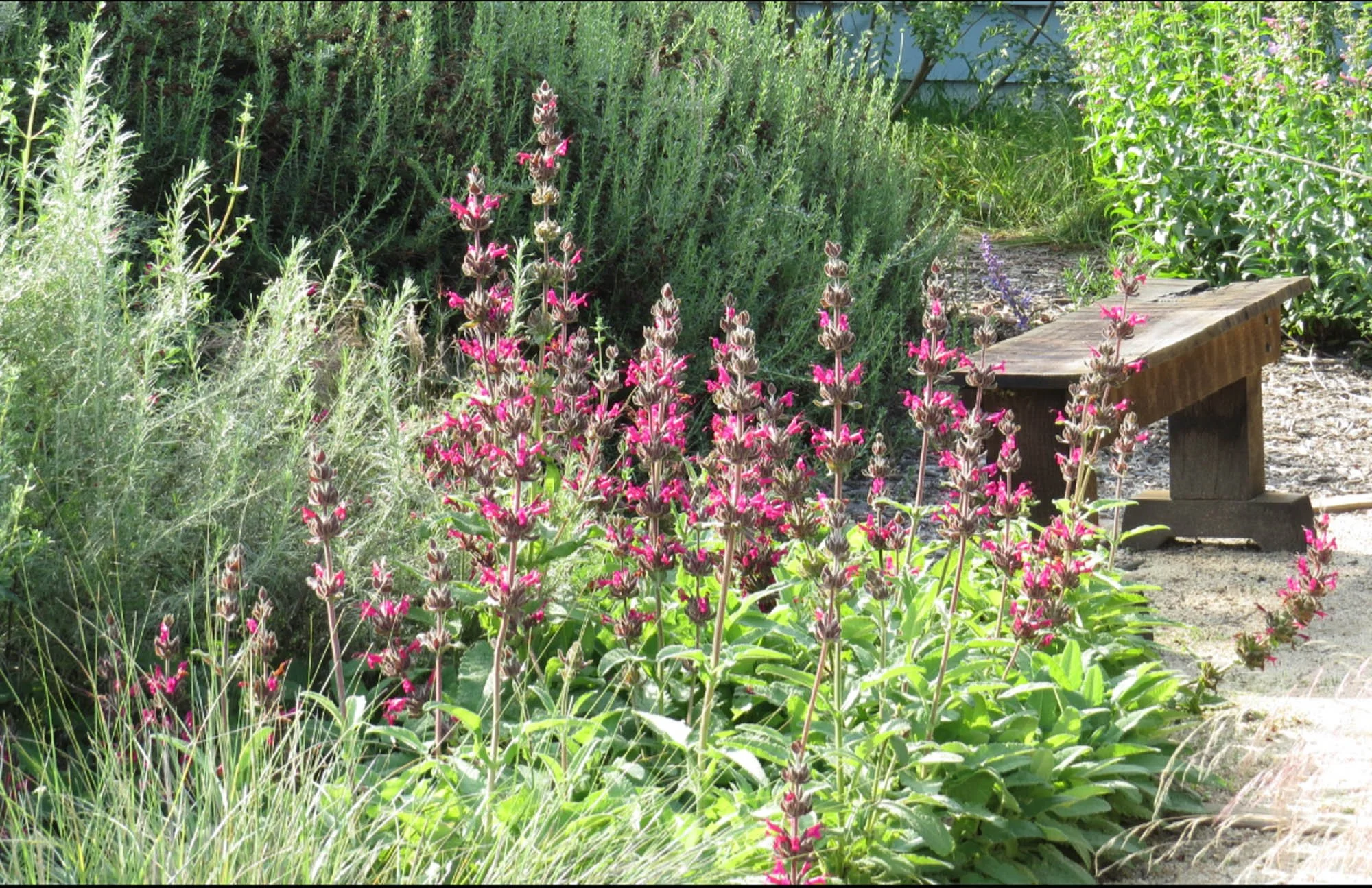7 California Native Plants That Thrive on Greywater
Although we’ve brushed on this topic in the past, a recent workshop on greywater irrigation and California native plants with Hardy Californians yielded some plant tips that were too good not to share. Most native plants thrive in dry conditions, but a lot of them like moderate to abundant moisture. Greywater unlocks these species without having to waste fresh water on irrigation, creating more diverse, vibrant and colorful spaces that are water neutral.
1) California Cottonwood
Populus fremontii is a cottonwood (and thus a poplar) native to the Southwestern United States and northern through central Mexico. The riparian tree grows near streams, rivers, springs, seeps, wetlands, and greywater emitters. P. fremontii can get large, growing from 39–115 ft in height with a wide crown and a trunk up to 5 feet in diameter.
2) Rough horsetail
Equisetum hyemale (commonly known as rough horsetail) is a native plant throughout North America, Europe, and northern Asia. It can be found almost anywhere there is water in full to partial sun. Deciduous in cold climates and evergreen in temperate ones, it has been cultivated throughout history for ornamental, medicinal and musical purposes.
3) Hummingbird sage
Salvia spathacea, the California hummingbird sage, can be found in southern and central California, growing from sea level to 2,000 ft. This fruity scented sage blooms in March to May with rose-lilac colored flowers. It is cultivated for its attractive flowering spikes and pleasant scent.
4) Yerba mansa
Also known as lizard tail or anemopsis californica, this perennial herb prefers very wet soil or shallow water, making it ideal for areas that receive large amounts of greywater. It grows in wet, alkaline marsh and creek edges in northwest Mexico and the Southwestern United States, with its iconic white "flowers" (actually reduced inflorescences, or pseudanthia) borne in early spring.
5) California sycamore
Platanus racemosa is native to California and Baja California as far north as Tehama and Humboldt counties, where it grows in riparian areas, canyons, floodplains, at springs and seeps, and along streams and rivers. We’ve seen many new and establish sycamores thriving on greywater, beloved for their expansive shade and climbability.
6) Pacific blackberry
An edible favorite of songbirds, deer, bears, and people, the Pacific Blackberry (rubus ursinus) needs consistent amounts of moisture to set large fruit. For tight spaces it can be trained on trellises, and the cultivar 'Wild Treasure' has the fruit size and flavor of the wild species, but without prickles. In addition, it is of notable pollinator and nesting value for native bee species.
7) California rose
The fragrant rosa californica is native to chaparral, woodlands and the Sierra Nevada foothills. It grows best in moist soils near water sources, although it can adapt to dry conditions. The thorny, flowering, fruit-bearing shrub is also deciduous, and grows vertically up to six feet tall. Its spring to fall blooming period offers food for local bees, and its hips are said to taste like small apples.







